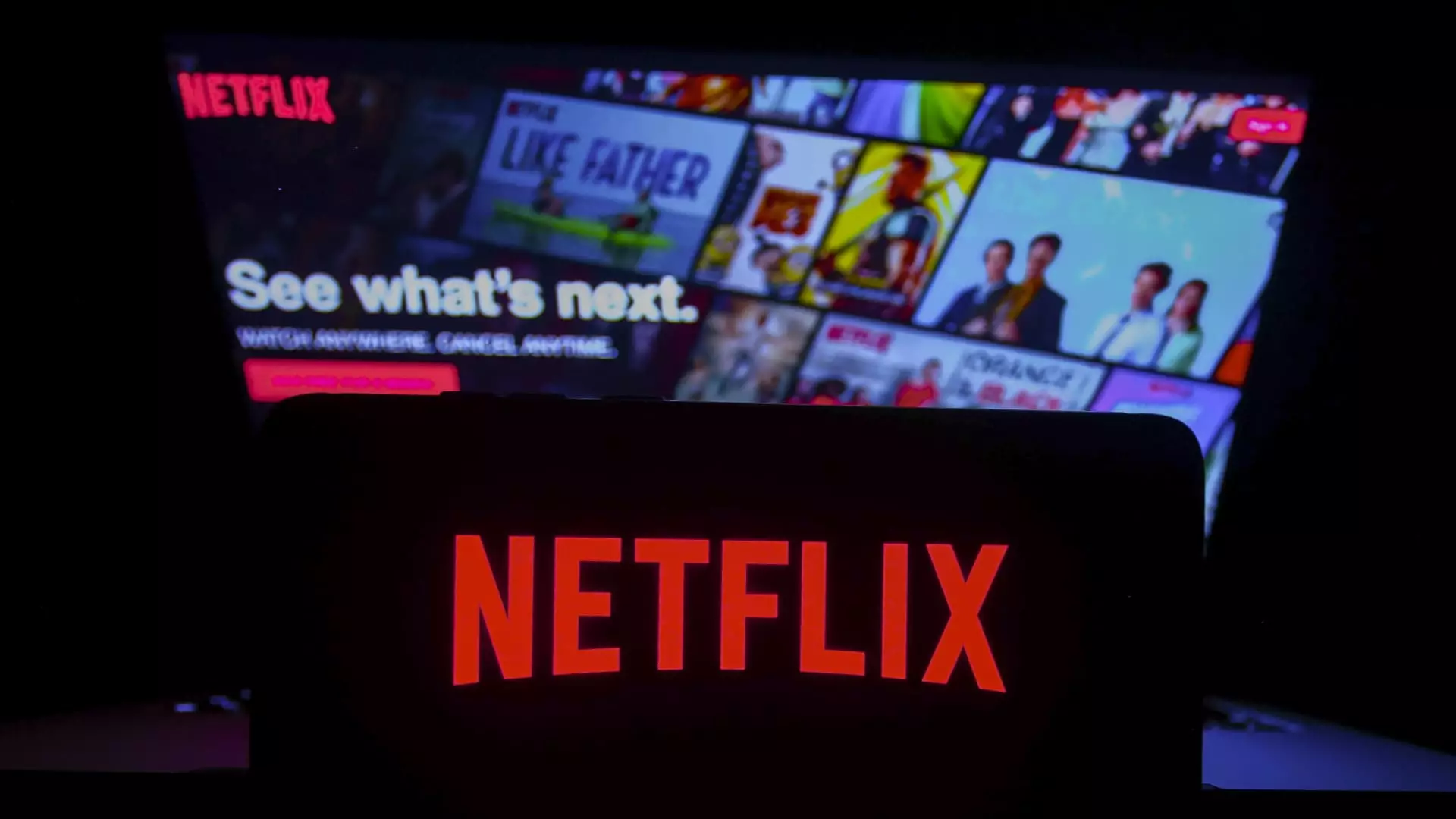Once hailed as an unstoppable titan of digital entertainment, Netflix’s recent trajectory reveals unsettling signs of vulnerability. For years, Netflix basked in the glory of unchallenged dominance, its name synonymous with innovative content and subscriber growth. But the illusion of invincibility has begun to fade. Behind the glossy reports and quarterly gains lies a troubling reality: viewer engagement is waning, and the battlefield has expanded beyond traditional rivals. The media landscape is no longer a straightforward competition; it is becoming a complex, layered arena where free and accessible content from platforms like YouTube threaten to erode Netflix’s hold on consumer attention. This shift challenges the long-held belief that Netflix’s exclusive content and vast subscriber base are enough to safeguard its position.
Competition Is No Longer Just About Content—it’s About Engagement and Accessibility
While Netflix still churns out hit shows and boasts higher-quality programming, data suggests that the average viewing time per user is shrinking. This diminished engagement signals a critical shift in consumer habits—viewers are spreading their attention elsewhere. YouTube’s rise exemplifies this trend, capturing a growing share of total TV time, despite Netflix’s recent monthly viewership increases. The fact that YouTube seizes 13% of viewership compared to Netflix’s 8% indicates a significant erosion of Netflix’s dominance. It’s no longer sufficient to rely solely on blockbuster hits; the value now lies in sustained viewer attention, which Netflix seems to be losing.
The critical problem here isn’t just revenue or earnings—both remain in the green—but the long-term implications of declining engagement. As viewers diversify their attention, Netflix’s ability to command premium pricing and justify high programming budgets may come under threat. This reality forces us to question whether Netflix’s innovation-driven business model is resilient enough to withstand this shift.
Artificial Intelligence: A Double-Edged Sword for Streaming Powerhouses
Further complicating Netflix’s future prospects is the emergence of artificial intelligence. While AI promises to optimize targeted advertising and reduce content creation costs, it also democratizes content production, empowering independent creators—especially on platforms like YouTube. The stakes are high: as AI tools become more accessible, the boundary between professionally produced content and amateur creations blurs. This phenomenon could flood the digital landscape with high-quality, low-cost content that appeals directly to viewers, undercutting big studios and established platforms.
For Netflix, this is a subtle but potent threat. Its investments in original programming and branded content may not be enough to keep viewers engaged if cheaper, AI-assisted productions flood the market. The competition is no longer just about who has better shows; it’s about who can sustain viewer loyalty in an age where content can be produced by anyone with a decent AI toolkit. This democratization weakens Netflix’s traditional advantage and underscores the importance of innovation—not just within its own boundaries, but across the entire digital ecosystem.
A Cautionary Tale for a Media Powerhouse
While Netflix’s recent financials offer a snapshot of stability, they mask deeper vulnerabilities that threaten its status as the most valuable media enterprise. Relying heavily on subscriber growth and original hits is a precarious strategy when consumer habits are shifting towards free, readily available content on platforms like YouTube. The rise of AI as a tool for democratization and content creation adds an unpredictable element that could further destabilize Netflix’s dominance.
The landscape is evolving into a more fragmented, competitive environment where engagement—rather than sheer subscriber count—is king. Netflix’s future hinges on whether it can adapt quickly enough to these new realities, or if it will become just another casualty in a brutal, ever-changing media war. The time to innovate is now, and if it fails to do so, its reign risks becoming a relic of a bygone era.

